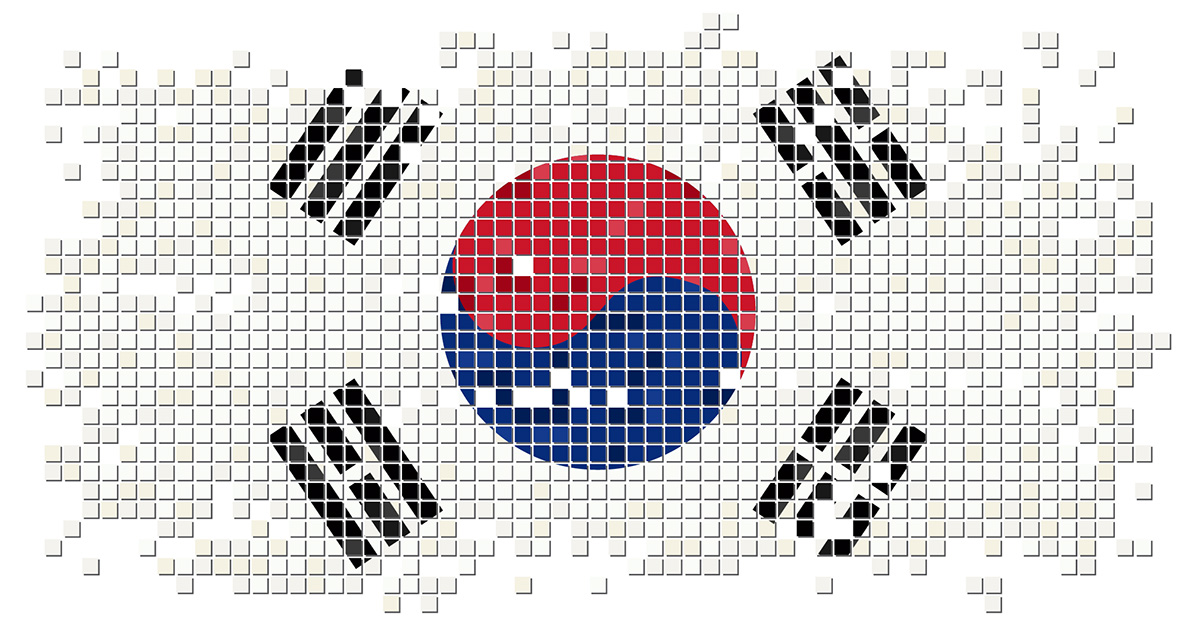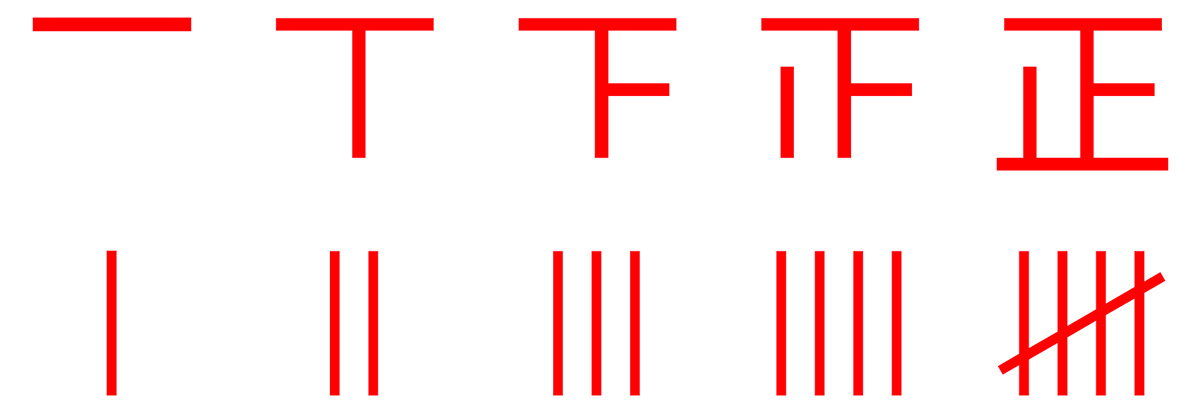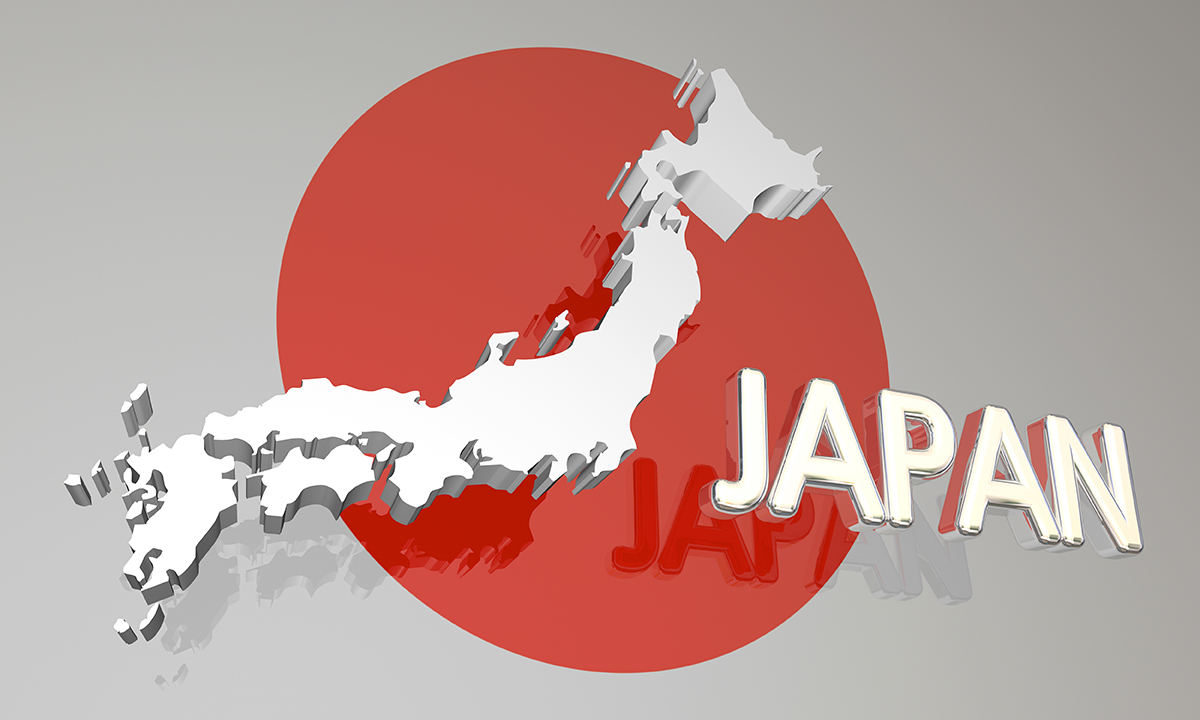
(After realizing that the retargeting of Adobe-Japan1-7 to include only two glyphs, and with a fairly predictable release date range, exhibited characteristics of a pregnancy, I became inspired to write the text for the Adobe-Japan1-6 is Expecting! article while flying from SJC to ORD on the morning of 2018-07-20. I also prepared the article’s images while in-flight. The passenger sitting next to me was justifiably giving me funny looks. My flight to MSN, which was the final destination to attend my 35th high school class reunion in greater-metropolitan Mount Horeb, was delayed three hours, and this gave me an opportunity to publish the article while still on the ground at ORD.)
What do we know about Japan’s new era name? First and foremost, its announcement is unlikely to occur before 2019-02-25, because doing so would divert attention away from the 30th anniversary of the enthronement, 2019-02-24, but it may occur as late as 2019-05-01, which is the date on which the new era begins. That’s effectively a two-month window of uncertainty.
Interestingly, the date 2019-05-01 takes place not only during UTC #159, which will be hosted by me at Adobe, but also during Japan’s Golden Week (ゴールデンウィーク), which may begin early to prepare for the imperial transition.
Continue reading…









